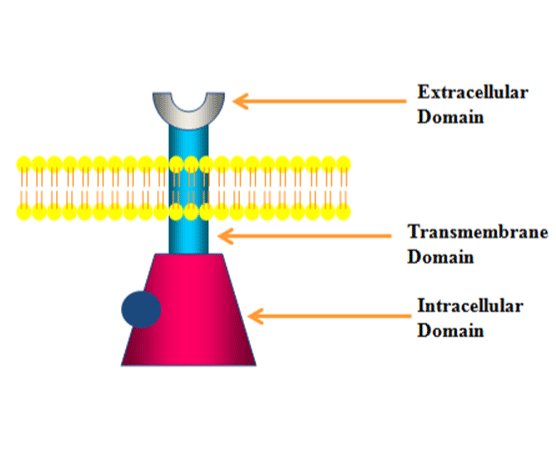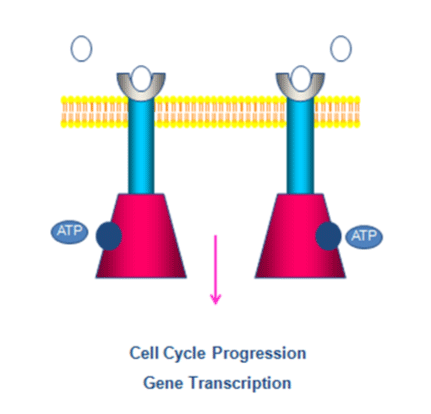Make the best use of Scientific Research and information from our 700+ peer reviewed, Open Access Journals that operates with the help of 50,000+ Editorial Board Members and esteemed reviewers and 1000+ Scientific associations in Medical, Clinical, Pharmaceutical, Engineering, Technology and Management Fields.
Meet Inspiring Speakers and Experts at our 3000+ Global Conferenceseries Events with over 600+ Conferences, 1200+ Symposiums and 1200+ Workshops on Medical, Pharma, Engineering, Science, Technology and Business
Editorial Open Access
Importance of Growth Factors
| Mahmoud Balbaa1,2* | |
| 1Department of Biochemistry, Faculty of Science, Alexandria University, Alexandria, Egypt | |
| 2Department of Biological and Environmental Sciences, Faculty of Science, Beirut Arab University, Lebanon | |
| *Corresponding Author : | Mahmoud Balbaa Department of Biological and Environmental Sciences Faculty of Science, Beirut Arab University, Lebanon Tel: +96179858583 E-mail: m.balbaa@bau.edu.lb, m_balbaa@hotmail.com |
| Received November 24, 2013; Accepted November 25, 2013; Published November 28, 2013 | |
| Citation: Balbaa M (2013) Importance of Growth Factors. Biochem Physiol 2:e118. doi:10.4172/2168-9652.1000e118 | |
| Copyright: © 2013 Balbaa M . This is an open-access article distributed under the terms of the Creative Commons Attribution License, which permits unrestricted use, distribution, and reproduction in any medium, provided the original author and source are credited. | |
Visit for more related articles at Biochemistry & Physiology: Open Access
| Most growth factors are polypeptides that bind to specific cell surface receptors and considered as hormone-like modulators of cell proliferation and differentiation in different cell types [1]. Most of these receptors exhibit protein-tyrosine kinase activity located in their cytoplasmic domain of the subunit structure [1].The regulation of cell proliferation are affected by the cellular and molecular actions of growth factors [2]. Unlike hormones in general, growth factors may have other biological activities in addition to the stimulation of cell proliferation [3]. In addition to the stimulation of cell growth, some growth factors can trigger cellular differentiation, enhance cell survival, initiate cell migration and stimulate the secretion of tissue specific hormones from differentiated cell types [1]. Examples of growth factors include the epidermal growth factor (EGF), platelet-derived growth factor (PDGF), insulin-like growth factor (IGF), transforming growth factor (TGF), nerve growth factor (NGF) and fibroblast growth factor (FGF). Hepatocyte growth factor (HGF) is a growth factor produced in mesenchymal cell [4], whereas vascular endothelial growth factor (VEGF) is an endothelial cell mitogen that has potent permeability [5]. Some cytokines are considered as growth factors such as the hemopoietic cytokines, which form a family of glycosylated extracellular proteins and regulate the production and functional activity of hemopoietic cells [6]. Also, T cell growth factor (TCGF) or interleukin 2 (IL-2) is required for the proliferation of mature T cells [7-11]. |
| Tumor necrosis factor-alpha (TNF-α) is a potent proinflammatory cytokine and important mediator of inflammatory tissue damage [12]. Many experimental studies and clinical observations support a role for TNF in the pathogenesis of acute and chronic renal disease. However, TNF may mediate both proinflammatory as well as immunosuppressive effects, particularly in chronic kidney diseases and systemic autoimmunity. Blockade of TNF in human rheumatoid arthritis or Crohn’s disease led to the development of autoantibodies, lupus-like syndrome, and glomerulonephritis in some patients. Also, there is an evidence of distinct roles for TNF receptors in mediating local inflammatory injury in the kidney and systemic immuneregulatory functions [13]. On the other hand, TNF-β is a cytokine that is activated by interleukin-10 (IL-10) [14]. |
| Although different growth factors cause different responses in a given cell, there are many overlapping responses as well. In 3T3 cells (mouse endothelial fibroblasts), insulin, IGF-1, EGF and PDGF all stimulate the phosphorylation of the ribosomal protein S6 whereas PDGF leads only to a reorganization of the active filaments [15-19]. Transforming growth factor (TGF), an important fibrogenic and immunomodulatory factor, may also function either as a pro- or as an anti-inflammatory cytokine [20]. |
| EGF receptor (EGFR), as a model of growth factor receptors is three domains subunit composed of extracellular, transmembrane and intracellular or kinase domains (Figure 1). It is transactivated by some heterologous ligands in response to the interaction with multiple receptors and the activity of intracellular kinases [21]. Overexpression or activation of EGFR is associated with metastasis, poor prognosis and resistance to chemotherapy [22]. In addition, EGFR is over expressed or activated by autocrine or paracrine growth factor loops in epithelial malignancies [23].TGFβ-1 is a multifunctional cytokine involved in the regulation of growth and differentiation of both normal and transformed cells (Figure 2). It has been reported that TGFβ-1 mRNA and its protein were overexpressed in hepatocellular carcinoma tissues [24]. A significant higher serum level of EGF and TGF-β1was recently found in patients with hepatocellular carcinoma compared to their level in patients with chronic hepatitis C infection and control subjects. The levels of phosphorylated EGFR in hepatocellular carcinoma and chronic hepatitis C patients show a highly significant difference between patients [25]. Accordingly, EGF and its phosphorylated form can be used as sensitive biomarkers for the diagnosis and prognosis of these diseases. In conclusion, various growth factors are involved in different biological processes, some of which are of clinical importance in disease. |
References
|
Figures at a glance
 |
 |
| Figure 1 | Figure 2 |
Post your comment
Relevant Topics
- Analytical Biochemistry
- Applied Biochemistry
- Carbohydrate Biochemistry
- Cellular Biochemistry
- Clinical_Biochemistry
- Comparative Biochemistry
- Environmental Biochemistry
- Forensic Biochemistry
- Lipid Biochemistry
- Medical_Biochemistry
- Metabolomics
- Nutritional Biochemistry
- Pesticide Biochemistry
- Process Biochemistry
- Protein_Biochemistry
- Single-Cell Biochemistry
- Soil_Biochemistry
Recommended Journals
- Biosensor Journals
- Cellular Biology Journal
- Journal of Biochemistry and Microbial Toxicology
- Journal of Biochemistry and Cell Biology
- Journal of Biological and Medical Sciences
- Journal of Cell Biology & Immunology
- Journal of Cellular and Molecular Pharmacology
- Journal of Chemical Biology & Therapeutics
- Journal of Phytochemicistry And Biochemistry
Article Tools
Article Usage
- Total views: 18026
- [From(publication date):
November-2013 - Jul 01, 2025] - Breakdown by view type
- HTML page views : 13355
- PDF downloads : 4671
